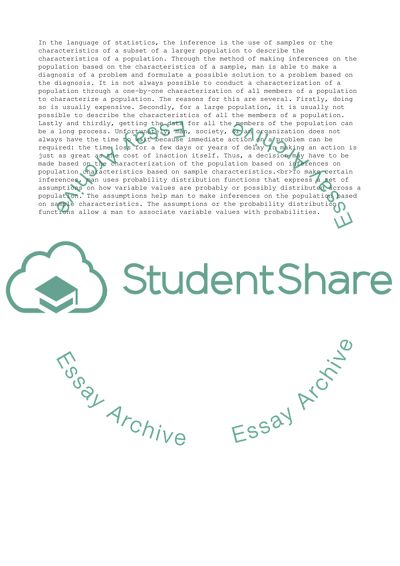Cite this document
(Business Statistics and Use of Probability for Inference Term Paper, n.d.)
Business Statistics and Use of Probability for Inference Term Paper. Retrieved from https://studentshare.org/business/1737909-statistics-project-trem-paper-1about-analysis-of-variance-2-nonparametric-methodschi-square-applications
Business Statistics and Use of Probability for Inference Term Paper. Retrieved from https://studentshare.org/business/1737909-statistics-project-trem-paper-1about-analysis-of-variance-2-nonparametric-methodschi-square-applications
(Business Statistics and Use of Probability for Inference Term Paper)
Business Statistics and Use of Probability for Inference Term Paper. https://studentshare.org/business/1737909-statistics-project-trem-paper-1about-analysis-of-variance-2-nonparametric-methodschi-square-applications.
Business Statistics and Use of Probability for Inference Term Paper. https://studentshare.org/business/1737909-statistics-project-trem-paper-1about-analysis-of-variance-2-nonparametric-methodschi-square-applications.
“Business Statistics and Use of Probability for Inference Term Paper”, n.d. https://studentshare.org/business/1737909-statistics-project-trem-paper-1about-analysis-of-variance-2-nonparametric-methodschi-square-applications.


